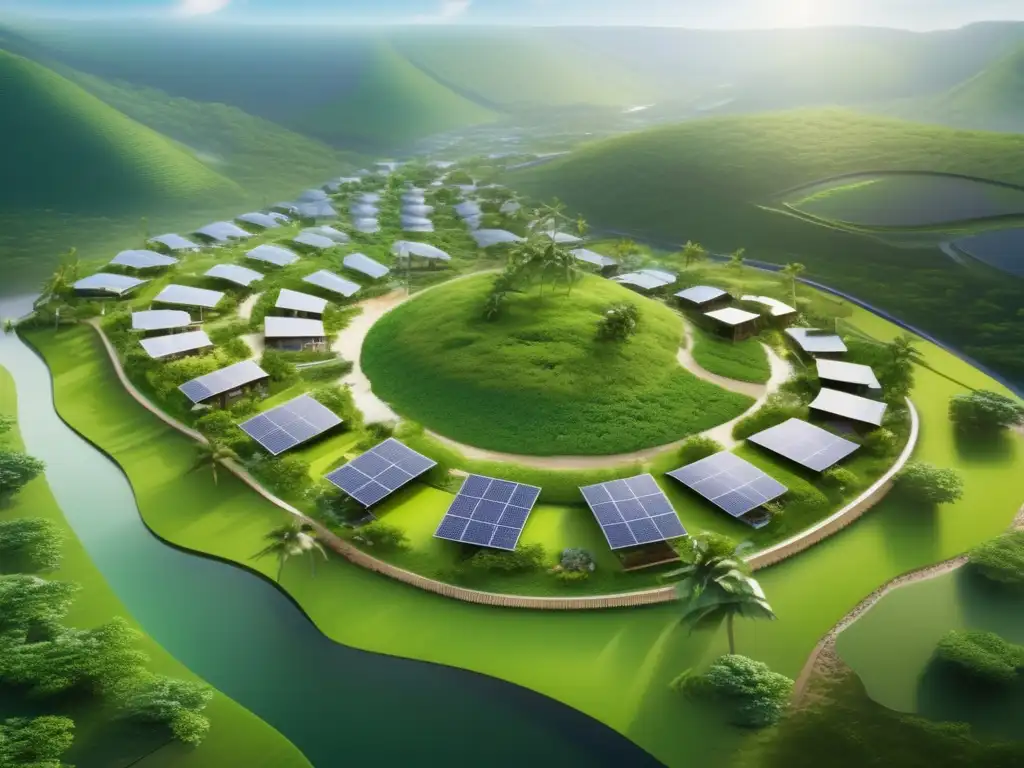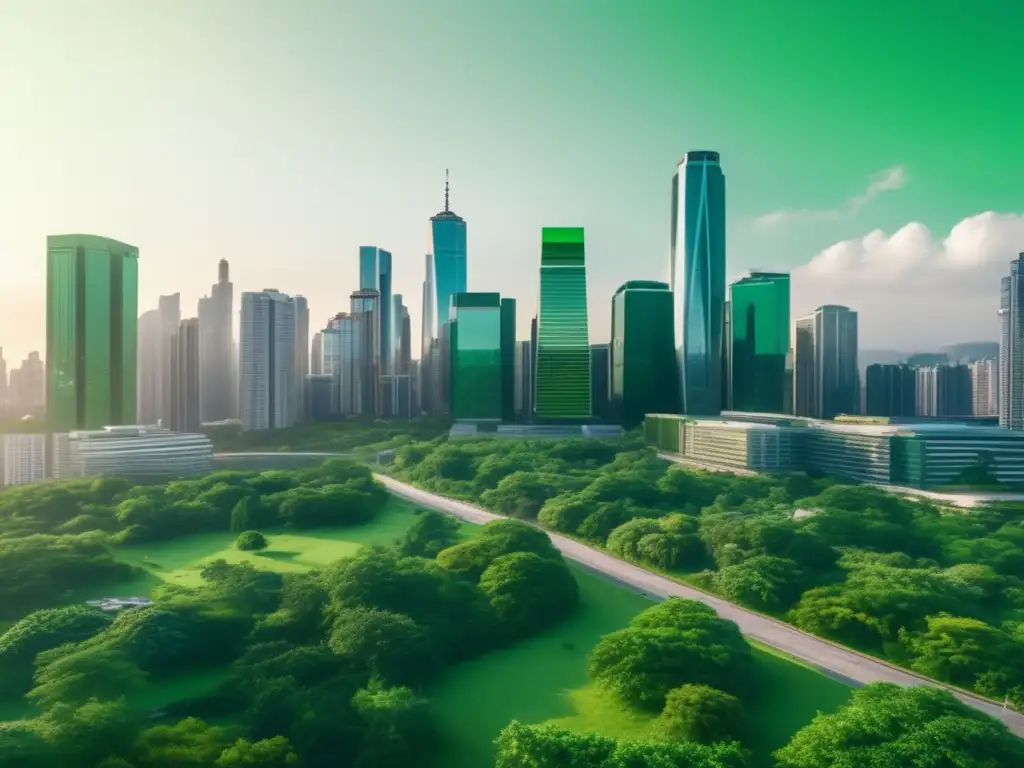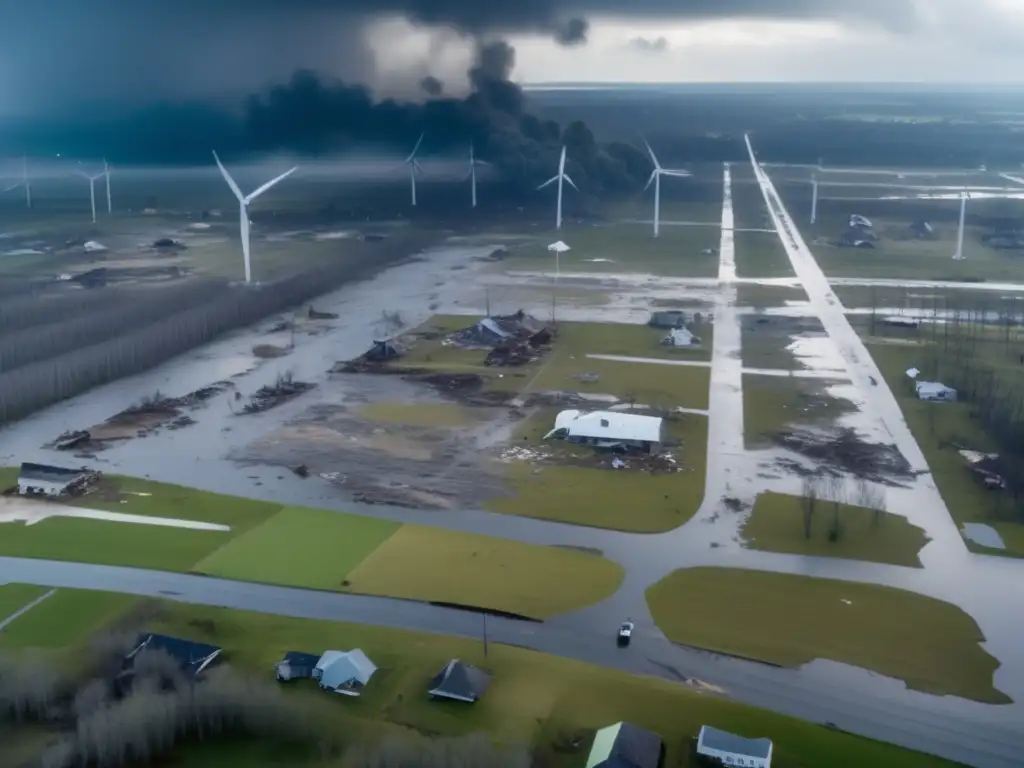Rebuilding Green: Environmentally Friendly Options Post-Hurricane

Rebuilding Green: Environmentally Friendly Options Post-Hurricane
Introduction
After hurricanes strike, the process of rebuilding becomes inevitable. However, it is essential that we consider environmentally friendly options when rebuilding homes and communities in hurricane-prone areas. These options not only help reduce the impact of future storms but also promote sustainability and a healthy environment. In this article, we will explore some environmentally friendly options for rebuilding post-hurricane.
Use Sustainable Materials

Recycled Materials
One of the best ways to reduce carbon footprint and promote sustainability during the rebuilding process is to use recycled materials. Instead of wasting resources on virgin materials, we can utilize materials that have already been used and repurposed. Recycled steel, concrete, and wood are durable options that can be used in home construction. Moreover, using recycled materials creates a market for waste materials and reduces the amount of waste going to landfills.
Bamboo
Another sustainable building material option is bamboo. Bamboo grows rapidly and is considered a renewable resource. It has strength and durability comparable to traditional wood, making it a great alternative. Bamboo flooring and wall panels are becoming increasingly popular due to their aesthetic appeal and eco-friendliness.
Use Eco-Friendly Paints and Sealants
Traditional paints and sealants contain high levels of volatile organic compounds (VOCs), which can cause harm to the environment and human health. Switching to eco-friendly paints and sealants can help reduce the release of harmful chemicals into the air and minimize the impact on the environment. These products are made from natural materials and contain lower levels of VOCs, promoting a healthier indoor environment.
Install Energy-Efficient Systems

Solar Panels
Installing solar panels is an excellent way to promote sustainability and reduce energy bills. Solar panels utilize renewable energy from the sun, which reduces dependence on non-renewable sources of energy such as coal, oil, and natural gas. Moreover, it reduces greenhouse gas emissions, which contribute to climate change. Installing solar panels can be expensive initially but offers long-term benefits.
Low-Flow Toilets and Showerheads
Low-flow toilets and showerheads reduce water consumption, thereby reducing water bills and conserving water resources. These fixtures use less water per flush or shower, reducing the amount of water wasted. Additionally, it reduces the strain on wastewater treatment plants and helps conserve water for future use.
Energy-Efficient Windows
Energy-efficient windows help regulate the temperature indoors by reducing heat transfer from outside. These windows contain insulation that helps maintain a consistent temperature inside, reducing the need for heating or air conditioning. This not only saves energy but also reduces energy bills over time.
Support Local Businesses

Use Locally-Sourced Materials
In addition to reducing the carbon footprint associated with transportation, sourcing materials locally promotes the local economy. Local businesses could benefit from the influx of orders generated by post-hurricane reconstruction efforts. Supporting local business owners helps them remain sustainable and supports the community as a whole.
Hire Local Contractors
By hiring local contractors, we can promote the local economy while reducing transportation costs and stimulating economic growth. Local contractors are usually familiar with the area and can provide valuable insight, especially during the rebuilding of communities affected by hurricanes. Moreover, local contractors can offer personalized services, which are essential during post-hurricane recovery.
Support Local Non-Profit Organizations
Non-profit organizations play an essential role in the rebuilding of communities affected by hurricanes. These organizations offer essential services such as food, shelter, and medical attention to victims of natural disasters. Supporting these organizations through donations, volunteering, or spreading awareness can help communities recover faster and build resilience against future storms.
Frequently Asked Questions

-
How can I reduce the impact of my home on the environment post-hurricane?
Using sustainable materials, installing energy-efficient systems, and supporting local businesses are some ways you can reduce the impact of your home and promote environmental friendliness.
-
What are some eco-friendly building materials I can use?
Bamboo, recycled steel, concrete, and wood are some eco-friendly building material options.
-
Are there any benefits of using solar panels?
Solar panels utilize renewable energy, reduce dependence on non-renewable sources, and reduce greenhouse gas emissions, among other benefits.
-
How do energy-efficient windows work?
Energy-efficient windows contain insulation that helps maintain a consistent temperature inside, reducing the need for heating or air conditioning.
-
How can I help my community rebuild after a hurricane?
You can support local businesses and non-profit organizations, hire local contractors, and use locally-sourced materials, among other ways.
Conclusion
Rebuilding after a hurricane is an essential process, and it is imperative that we use environmentally friendly options. Using sustainable materials, installing energy-efficient systems, and supporting local businesses are some of the ways we can promote environmental friendliness while rebuilding our communities. These options not only promote sustainability but also help build resilience against future hurricanes. Every little effort made towards eco-friendliness counts in promoting a healthier environment.
It is essential to consider the impact of post-hurricane reconstruction efforts on the environment and the community. Therefore, we encourage you to share your thoughts in the comments section and positively engage with hurricaneinsider.org. Whether by subscribing, sharing the article on social media, or other forms of participation, you can help promote awareness and environmental friendliness in hurricane-prone areas. Thank you for reading.
Additional Resources

- Sustainable Building Basics
- Sustainable Building Design
- Green Building Standards and Certification Systems
 Financial Recovery: Managing Finances After A Hurricane
Financial Recovery: Managing Finances After A Hurricane Legal Matters: Handling Legal Issues After A Hurricane
Legal Matters: Handling Legal Issues After A Hurricane Restoring Utilities After A Hurricane
Restoring Utilities After A HurricaneIf you want to discover more articles similar to Rebuilding Green: Environmentally Friendly Options Post-Hurricane, you can visit the Hurricane recovery: category.
Leave a Reply

Articulos relacionados: